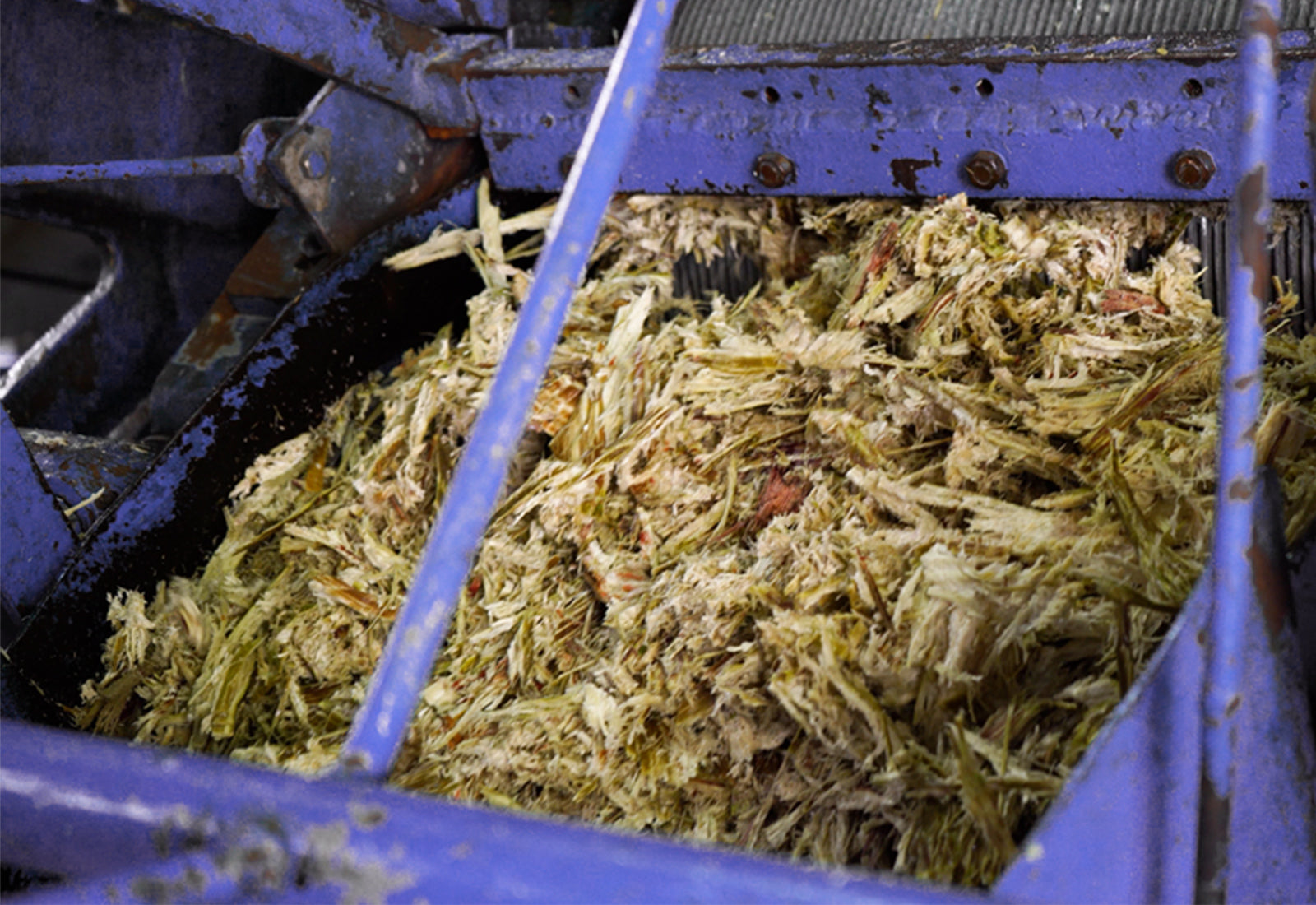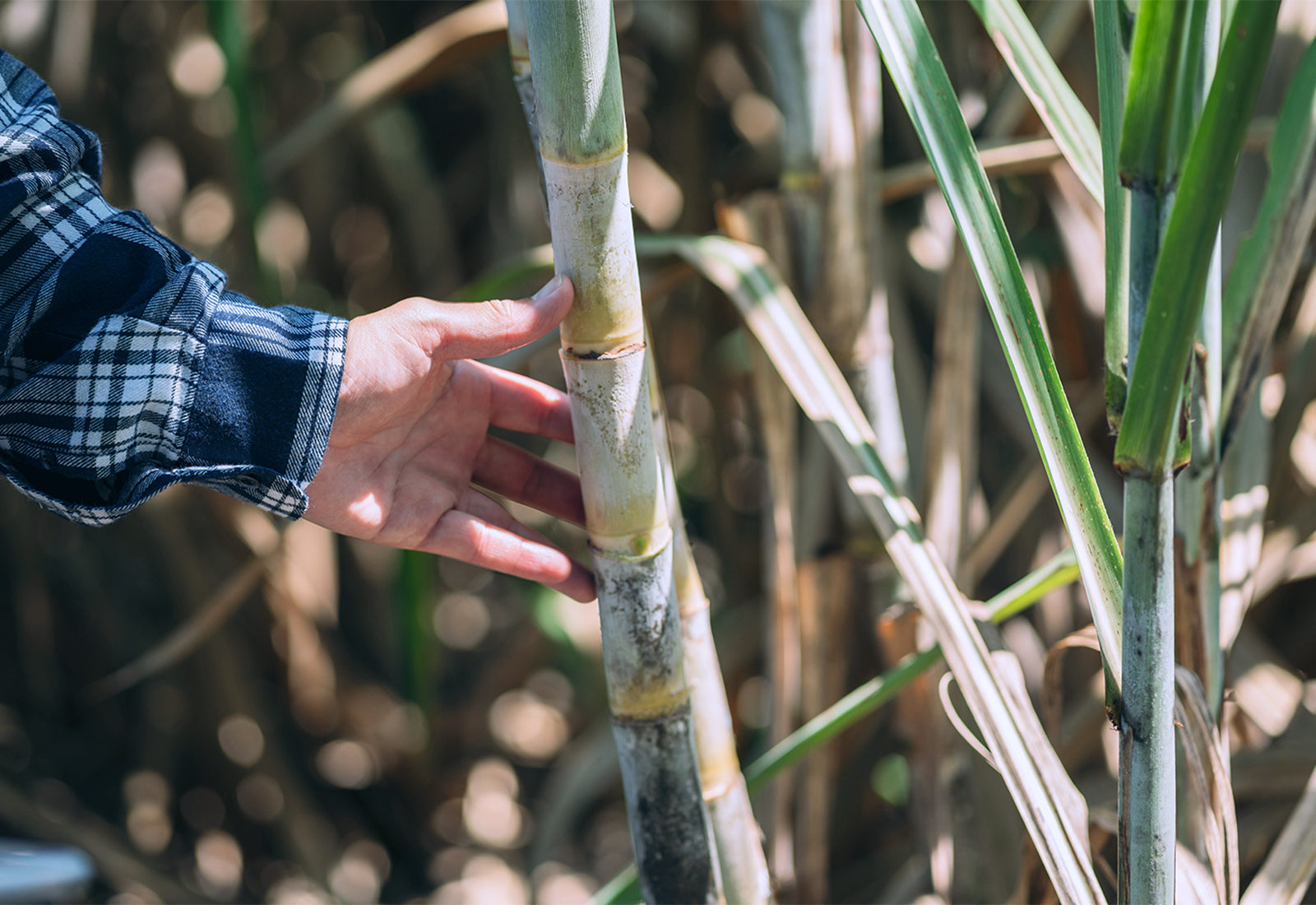They are certainly water resistant but not water proof. If you need waterproof packaging, we suggest our POLLAST!C range. You may also want to wrap your products in a POLLAST!C poly bag before sending in a box or envelope.
Where are we shipping to?
We use cookies to save your preferred shopping region. By selecting 'Remember Me' you consent to the use of cookies as described in our Privacy Policy
Sugarcane waste packaging is made from recycled waste and is curbside recyclable! It is a #treefree range of sustainable packaging made from bagasse, the fibrous waste left over after sugarcane is crushed to extract its juice.
Sugarcane waste packaging is made from recycled waste and is curbside recyclable! It is a #treefree range of sustainable packaging made from bagasse, the fibrous waste left over after sugarcane is crushed to extract its juice.
Bagasse is a rapidly renewable resource, making it a sustainable alternative to traditional materials. It is also a waste product and by recycling it into packaging, we are making sure that it isn’t burnt, left to rot or sent to landfill. Turning it into packaging is in fact the lowest footprint option for its disposal.
Our Sugarcane Waste Packaging is also recyclable curbside with normal paper and cardboard.
Bagasse is a rapidly renewable resource, making it a sustainable alternative to traditional materials. It is also a waste product and by recycling it into packaging, we are making sure that it isn’t burnt, left to rot or sent to landfill. Turning it into packaging is in fact the lowest footprint option for its disposal.
Our Sugarcane Waste Packaging is also recyclable curbside with normal paper and cardboard.
29 basketball courts of forests are lost to packaging and fabric production EVERY. SINGLE. SECOND.
[Source: Canopy Planet]
As the world’s demand for paper and cardboard continues to skyrocket, responsibly managed tree stocks struggle to keep up. When this happens, the risk to old growth forests increases – the temptation to cull them is very real when the economics are so strong.
We have to urgently find sustainable alternatives to paper and card and Sugarcane Waste packaging is a great one!
29 basketball courts of forests are lost to packaging and fabric production EVERY. SINGLE. SECOND.
[Source: Canopy Planet]
As the world’s demand for paper and cardboard continues to skyrocket, responsibly managed tree stocks struggle to keep up. When this happens, the risk to old growth forests increases – the temptation to cull them is very real when the economics are so strong.
We have to urgently find sustainable alternatives to paper and card and Sugarcane Waste packaging is a great one!
Our Sugarcane Waste packaging is recyclable! Once it can’t be used any more Sugarcane Waste packaging can be curbside recycled with paper and cardboard, OR composted.
Because it’s made completely from plant fibres and printed with soy-based inks, it will safely and relatively quickly biodegrade in a compost. Make sure to remove any labels or tape first though, unless they are compostable like our compostable labels.
Our Sugarcane Waste packaging is recyclable! Once it can’t be used any more Sugarcane Waste packaging can be curbside recycled with paper and cardboard, OR composted.
Because it’s made completely from plant fibres and printed with soy-based inks, it will safely and relatively quickly biodegrade in a compost. Make sure to remove any labels or tape first though, unless they are compostable like our compostable labels.
Our Sugarcane Waste packaging is often not more expensive than paper or card. We offer affordable wholesale prices because we believe eco friendly Sugarcane Waste packaging should be affordable to businesses of all sizes.
Our Sugarcane Waste packaging is often not more expensive than paper or card. We offer affordable wholesale prices because we believe eco friendly Sugarcane Waste packaging should be affordable to businesses of all sizes.
Make your selections below


